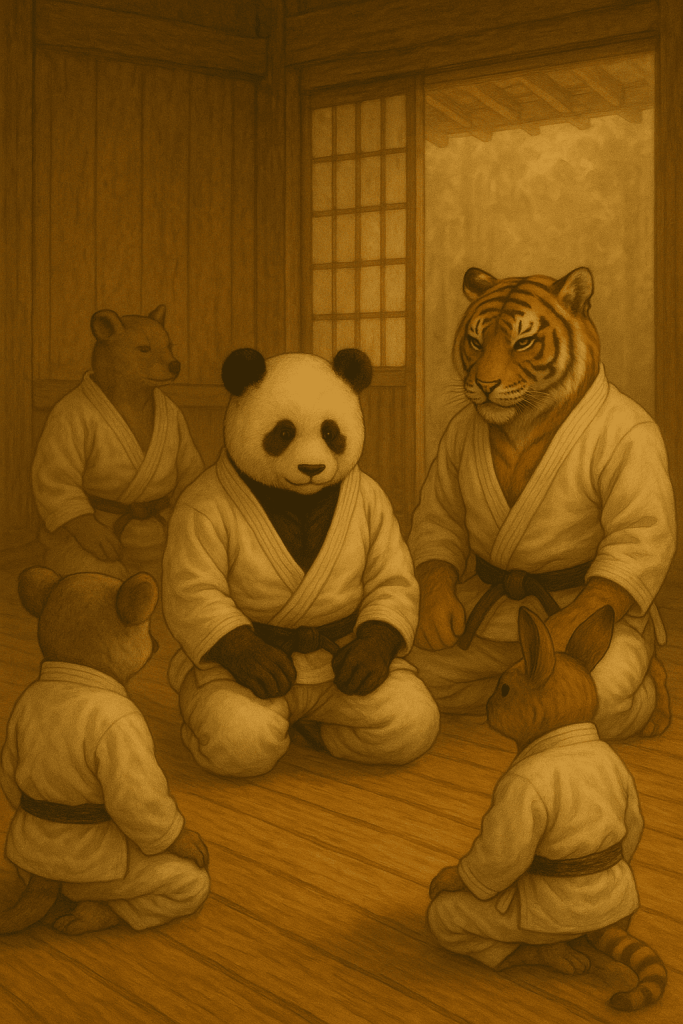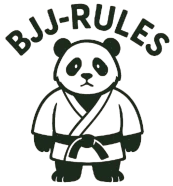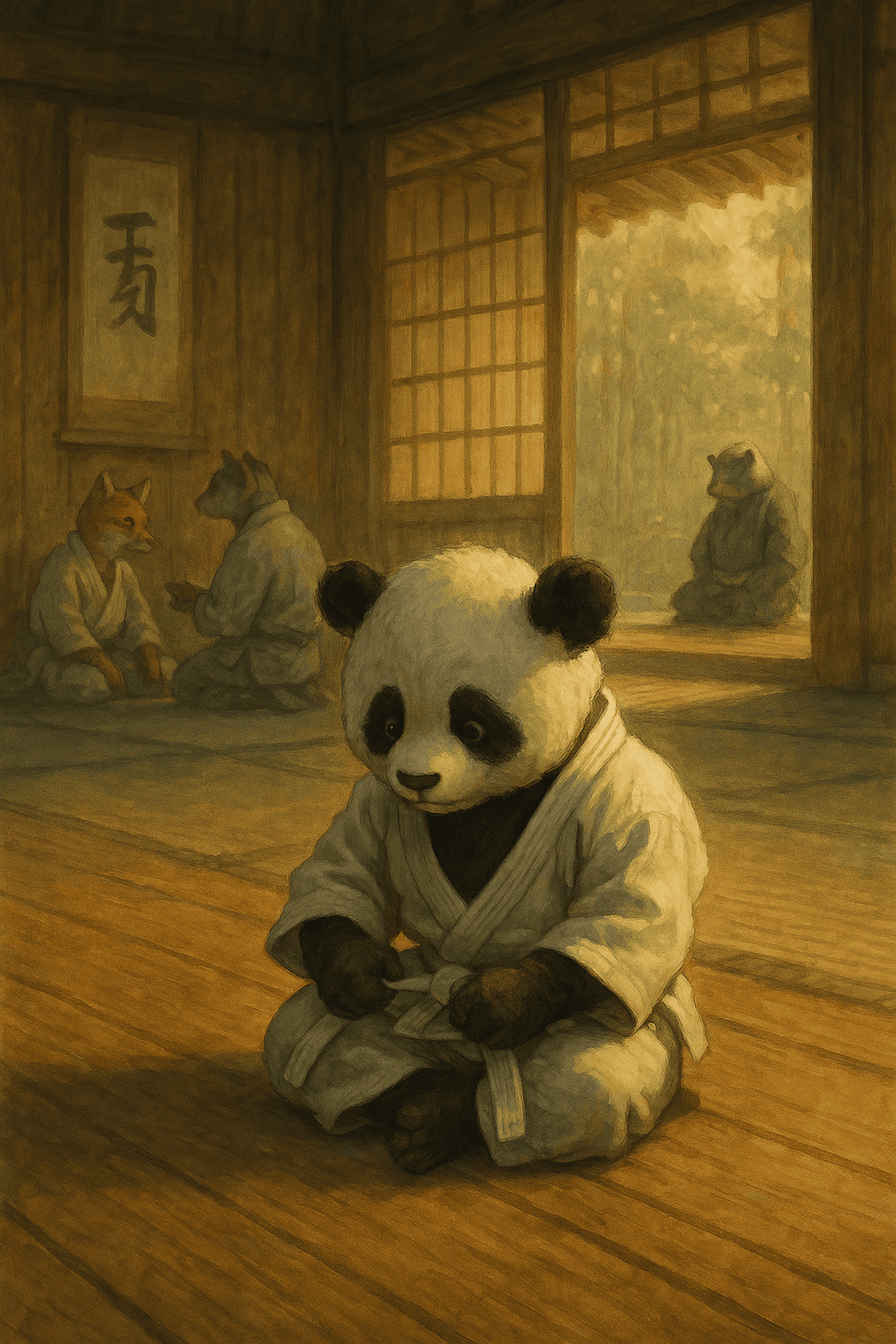Brazilian Jiu-Jitsu for kids: what they really learn
When looking for a sport for their child, most parents consider the classics: soccer, judo, dance, swimming… Enrolling a child in Brazilian Jiu-Jitsu (or BJJ) isn’t always top of mind. And yet, it’s a unique discipline that combines respect, self-defense, self-confidence, and emotional control—essential qualities for a child’s development that go far beyond the physical aspect of sport.
The goal of this article is simple: to clearly and honestly explain what your child can learn through Brazilian Jiu-Jitsu. Whether you’re curious, unsure, or already convinced, this will help you understand what happens—both on and off the tatami.
Core values taught on the tatami
Brazilian Jiu-Jitsu is a peaceful martial art. It doesn’t rely on strikes but instead emphasizes body control, distance management, and above all, respect for your partner. From their very first class, children discover a structured, caring environment where healthy interaction is key.
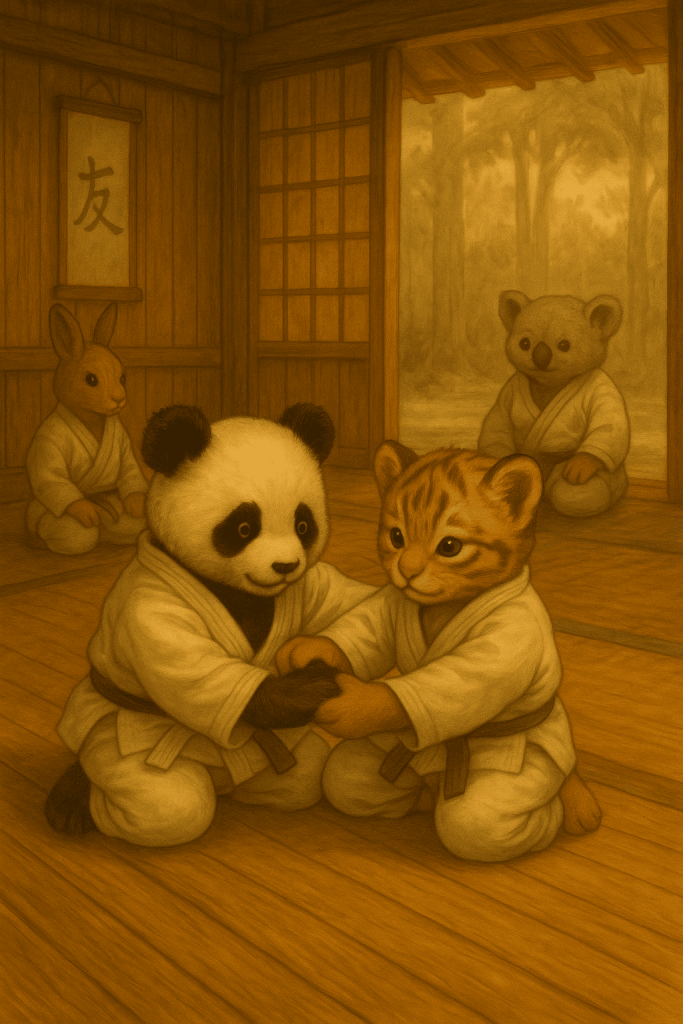
Respectful rituals
Before class starts, each student bows to their instructor and their training partner. It’s a sign of respect—and a way to focus and enter a calm state of mind. At the end of training, students thank each other, even after an intense sparring session.
Discipline without rigidity
The structure is clear but never authoritarian. Children learn when it’s time to play and when it’s time to focus. BJJ teaches them to move smoothly between fun and attention, play and learning, creativity and control.
Progress through cooperation
Unlike the cliché of “fighting to win,” BJJ encourages children to work together. More advanced students help beginners. Those who understand a move explain it to others. Progress is shared, and rivalries give way to a real spirit of camaraderie.
The physical benefits of jiu-jitsu for children
BJJ is a full-body activity that strengthens the entire body—without violent impact. It’s an excellent way to develop a healthy relationship with the body and build the foundations of fitness.
Coordination and motor skills
Jiu-jitsu requires children to use their whole body: rolling, crawling, pivoting, controlling a partner, standing up, moving on the ground. This movement variety improves motor coordination, spatial awareness, and balance.
Mobility, flexibility, and posture
In a world where kids often sit for hours at school or in front of screens, BJJ is a powerful antidote. It builds flexibility, activates joints, and supports better posture.
Body confidence
Knowing how to fall without getting hurt, escaping a difficult position, or controlling a partner safely all build real self-confidence.
Mental and emotional development
BJJ doesn’t just develop the body—it sharpens the mind. And that might be its greatest gift to children.
Staying calm under pressure
Picture a child pinned under a stronger partner. Panic would be a natural reaction. But over time, this child learns to breathe, analyze the situation, and find a technical solution.
Dealing with frustration
In jiu-jitsu, you don’t win every time. Kids learn that setbacks are part of the journey—and that failing at first is completely normal.
Patience and strategy
BJJ teaches a form of active patience. Kids learn to wait for the right moment, anticipate the opponent, stay calm, and conserve their energy.
Jiu-Jitsu for shy or hyperactive children
For shy children
BJJ offers a safe space with no need for words, no verbal confrontation—just a respectful, gentle physical interaction. Children learn they can assert themselves and gain confidence, even without speaking up.
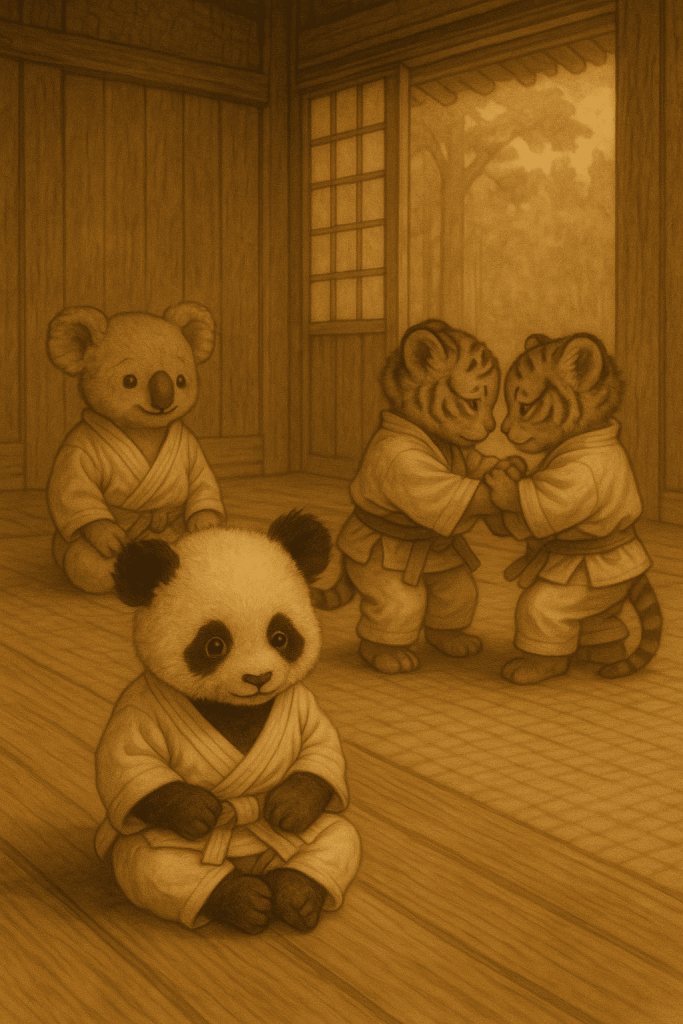
For very energetic children
BJJ gives them a structured outlet. They can move, roll, and express themselves physically—but always within clear boundaries. Over time, they learn to channel their energy instead of being overwhelmed by it.
Answers to parents’ most common questions
Is it a dangerous sport?
BJJ is one of the safest martial arts. There are no strikes. Submissions are controlled, and kids learn early to “tap” (submit) to signal discomfort. Instructors are vigilant, matches are closely supervised, and children progress at their own pace.
Does my child need to be strong or flexible?
Not at all. Jiu-jitsu adapts to every body type, and the focus is on technique, not strength. A calm or non-athletic child can thrive thanks to focus and intelligence.
At what age can kids start?
Most academies accept children from around 4 or 5 years old, with age-appropriate classes. Younger children focus on movement. Around age 7–8, they begin learning technical details.
Are there competitions for kids?
Yes, there are child-friendly competitions held in safe environments. But they’re never mandatory. The focus remains on enjoyment and growth.
What if my child doesn’t like losing?
That’s actually a perfect learning opportunity. In BJJ, losing isn’t failure—it’s feedback. You learn why you lost, and you come back stronger next time.
Conclusion: a martial art like no other
Brazilian Jiu-Jitsu isn’t just about learning to fight. It’s about learning to live with others, understand yourself, face challenges, manage emotions, and grow without comparison.
On the tatami, your child will fall. But more importantly—they’ll learn how to get back up.
And that simple gesture—rising with dignity, calm, and confidence—might be the greatest gift any martial art can offer.
Signing your child up for BJJ means giving a little panda the chance… to grow up strong.
